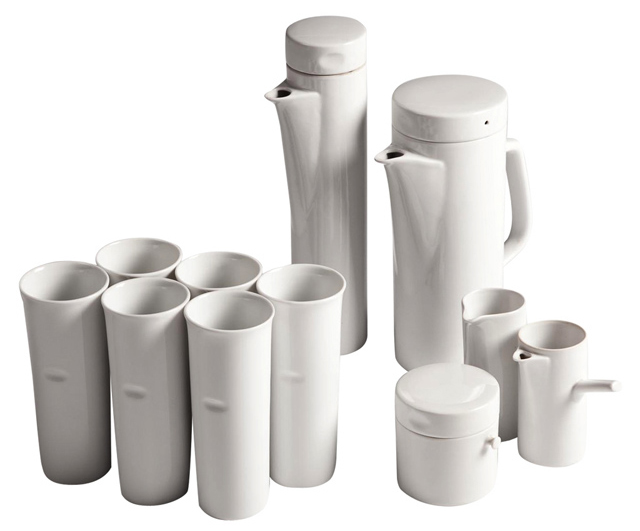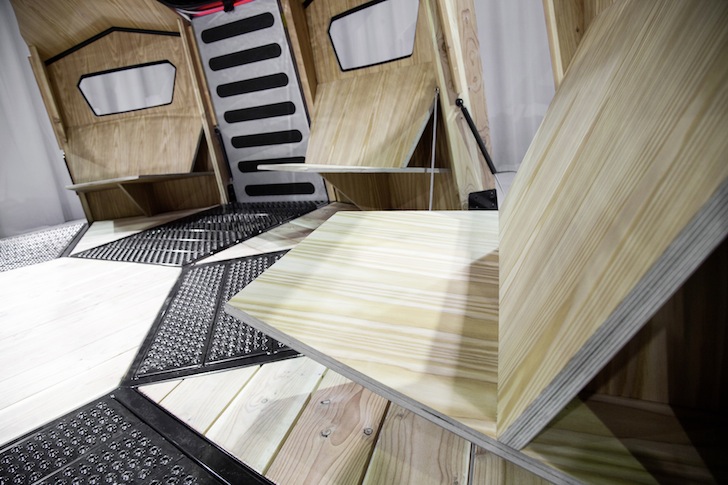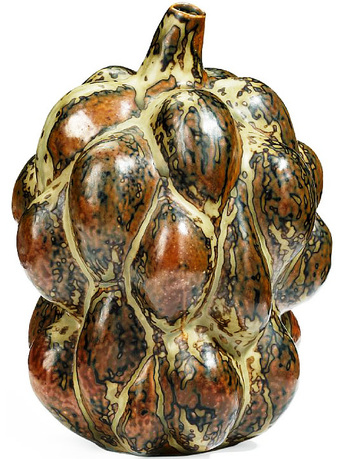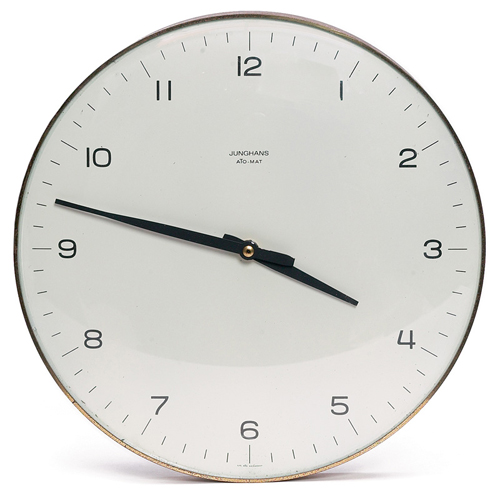Born in Germany, she came to England aged 17 fleeing from the Nazi persecution. Encouraged by her brother to become an artist, she studied at Liverpool School of Art for four years and later at Kennington School of Art. She married Aidron Duckworth in 1948. After art school she mainly worked as a sculptor in wood and stone even sometimes as a tombstone carver. Having become interested in ceramics, she was encouraged by her friend, the Austrian émigré potter Lucie Rie, to take some formal training in ceramics. She attended the Central School of Arts and Crafts in London (1956-8) where she later joined the staff. For a number of years she produced functional wares but after 1960 she followed her earlier preference for sculpture creating modernist abstract works inspired by organic form. Unusual for the period she used hand-building methods of coiling for her large stoneware vessels and pinching for the more delicate porcelain pieces.
In 1964 she was offered a teaching job at the University of Chicago, and she moved to the USA where she has worked and lived ever since. Over her long career she has had many commissions for architectural murals as well as continuing to produce small scale pieces. Now in her late 80s, she still makes ceramics, working a 40 hour week. She is one of the few artists who has successfully straddled the divide between sculpture and ceramics. - http://www.ceramics-aberystwyth.com/ruth-duckworth.html
In 1964 she was offered a teaching job at the University of Chicago, and she moved to the USA where she has worked and lived ever since. Over her long career she has had many commissions for architectural murals as well as continuing to produce small scale pieces. Now in her late 80s, she still makes ceramics, working a 40 hour week. She is one of the few artists who has successfully straddled the divide between sculpture and ceramics. - http://www.ceramics-aberystwyth.com/ruth-duckworth.html




